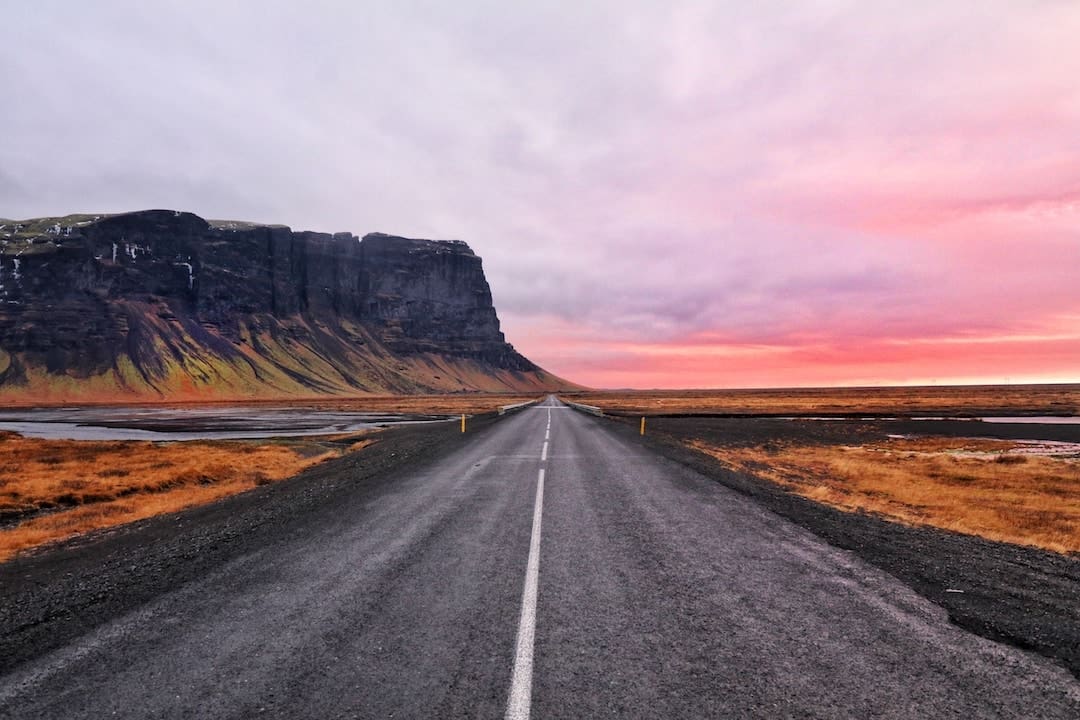There are few and far landscapes that rival those seen in Iceland. Dramatic cliffs, unconventional black sand beaches, and fields so vast and green your presence will be among few, except for perhaps some wild horses.
It goes without saying that while travelling in Iceland you’ll probably spend most of your time outdoors, so why not take your outdoor adventures a step further and spend a night camping or hiking in the wild? Camping in Iceland is a hugely popular style of travel along with joining a group tour, but before you commit to it there are a few things to know for smooth sailing.
Here are tips for camping in Iceland so you can get the most out of the experience.
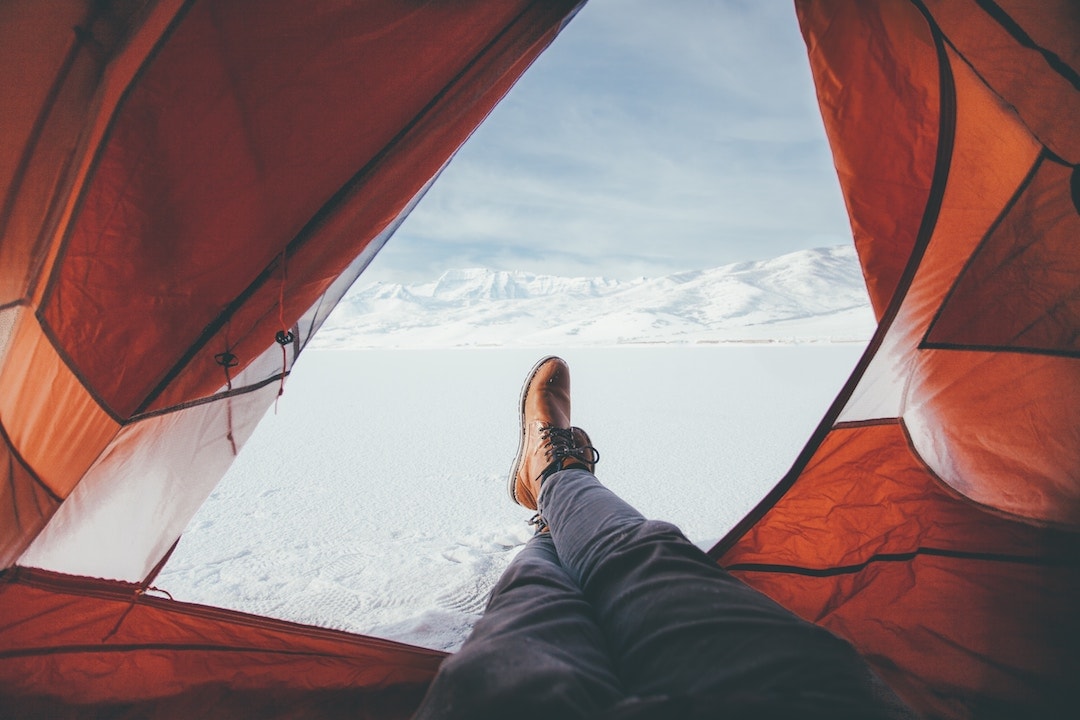
I love how wild and rugged Iceland is – it almost feels like you are on another planet. My favorite part about visiting Iceland is getting lost on the back roads, finding tucked away hot springs and meeting the locals. Make sure your camping equipment is able to withstand strong winds! I woke up one night to our flimsy tent collapsing in due to gale force winds. An alternative is to rent a camper van or car camp for extra weather protection. – Renee, Renee Roaming
When to go camping in Iceland
While Iceland’s outdoor wonders are beautiful to visit year round, camping in the winter months (December to February) can be quite challenging. Though the temperature isn’t downright freezing (southern parts of Iceland average at about 0°C), the main challenge you’ll be met with are the strong winds.
Camping in Iceland during the summer months (June to August) is the most ideal. In the south, temperatures will be between 10°C and 13°C. You won’t experience aggressive winds whipping your tent nor will you be subject to Iceland’s weather extremes, that can be quite unpredictable and make terrain inaccessible.
It’s also when travellers experience the midnight sun due to Iceland’s proximity to the Arctic Circle. From as early as May to as late as August, daylight lasts until just around midnight. As opposed to most other times of the year when there are only a few hours of daylight, you get to experience this natural phenomenon and fill your days with site seeing.
I loved visiting Iceland in the winter, and I think traveling around in a campervan is a great way to see a lot of the country, especially when you have limited daylight. Iceland’s frozen landscape is gorgeous and other-wordly. It was unlike any place I had ever seen before! Wild camping is much easier in the low-season (winter). I suggest parking/camping near a natural hot spring so that you can enjoy a nice soak. Every night, while camping out in the country, there was an opportunity to see the northern lights, which was very exciting. – Jenna, Tiny House Giant Journey
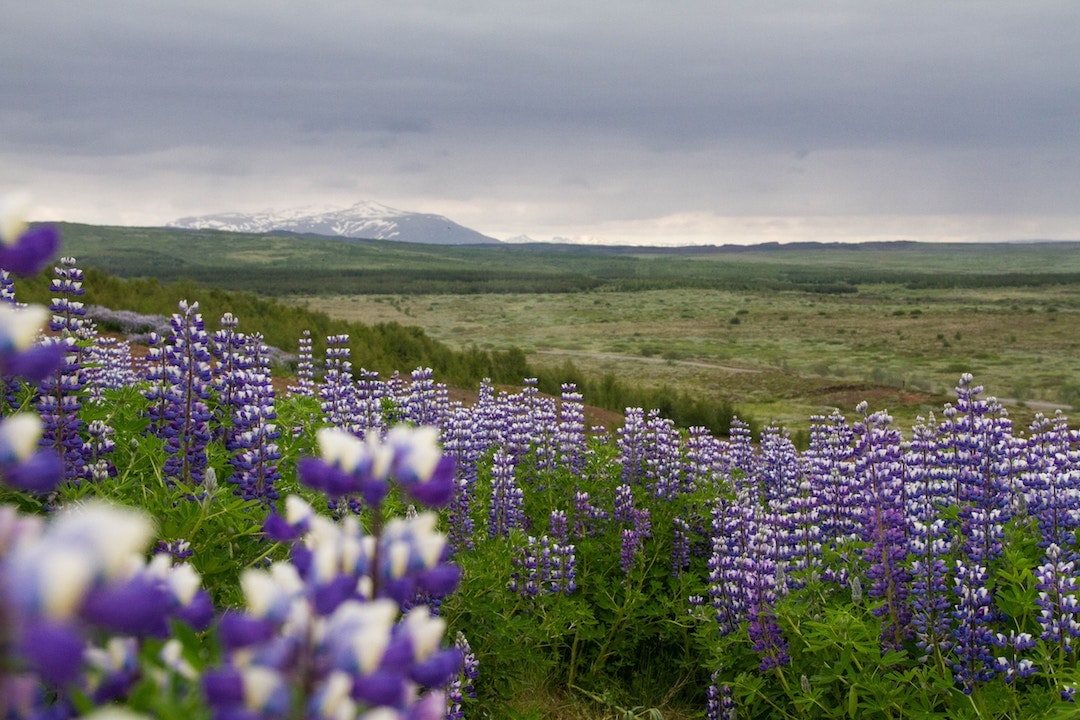
Awe-inspiring geography, dramatic weather, outstanding natural beauty, unusual cuisine, midnight sun, the power of the elements….it really is a country of superlatives. Possibly the most impressive thing for us was the raw energy evident everywhere from steaming hot rivers in isolated valleys, exploding geysers and thunderously powerful waterfalls to tiny vents pumping out bubbling mud and mysterious lava flows. We camped in Iceland and loved it. My top tip is take plenty of waterproof clothing (including trousers) and an eye mask to block out the midnight sun; it doesn’t get dark in a tent in summer. – Phoebe, Lou Messugo
Rules for camping in Iceland
The rules for camping in Iceland are super important to follow, not only to protect natural environments but as to not sever the relationship with landowners and locals. Camping rules for those in tents differ for travellers who are spending the night in alternative mobile accommodation.
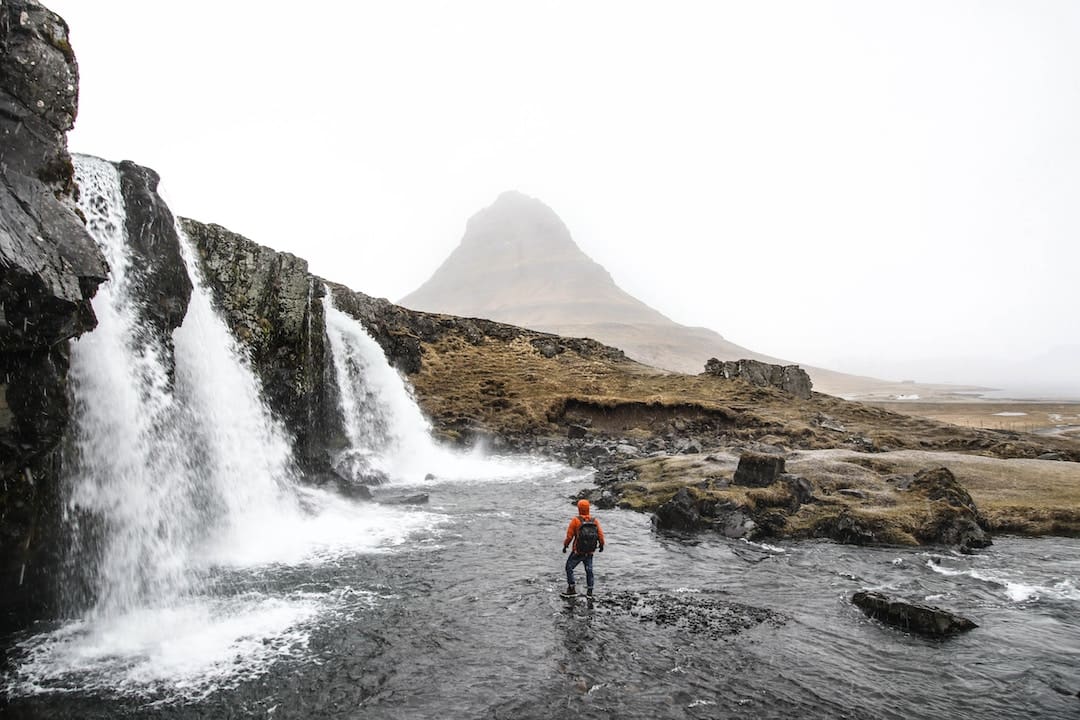
You must get permission from the landowner if you’re camping near places of human habitation or farms if you’re intending to stay for longer than one night, if you plan to pitch more than three tents or if the land is cultivated.
The big rule for those spending the night in tent trailers, tent campers, RVs, campervans or similar is that you always need to ask permission from the landowner if you’re not in a designated campsite or urban area. If permission is not granted, you need to retire to the closest campsite as it would be illegal to stay without proper permission. By no means are you permitted to camp outside of designated areas within Iceland’s three National Parks.
Aside from where to camp, efforts of sustainability and preservation should continue. Don’t disturb the stunning wildlife or vegetation (like the lovely moss), mind where you’re lighting open fires, never drive off-road, leave zero waste behind and don’t defecate or urinate on public or private land.
We most enjoyed the freedom to be spontaneous (easy to do in Iceland given their lack of crowds) and the wide-open expanses of nature and isolated scenery. It’s possible to enjoy a roadside picnic in your campervan without another soul in sight; the number of cars on the road drops dramatically as soon as you leave the city! Be prepared for absolutely all types of weather. Make sure you have rain gear and utilize the curtain cords inside most vans to hang damp clothing and towels. Look for campsites that include communal warming/cooking buildings; most offer these so travelers can warm up, make a meal indoors and charge electronics. – Amy, Pit Stops for Kids
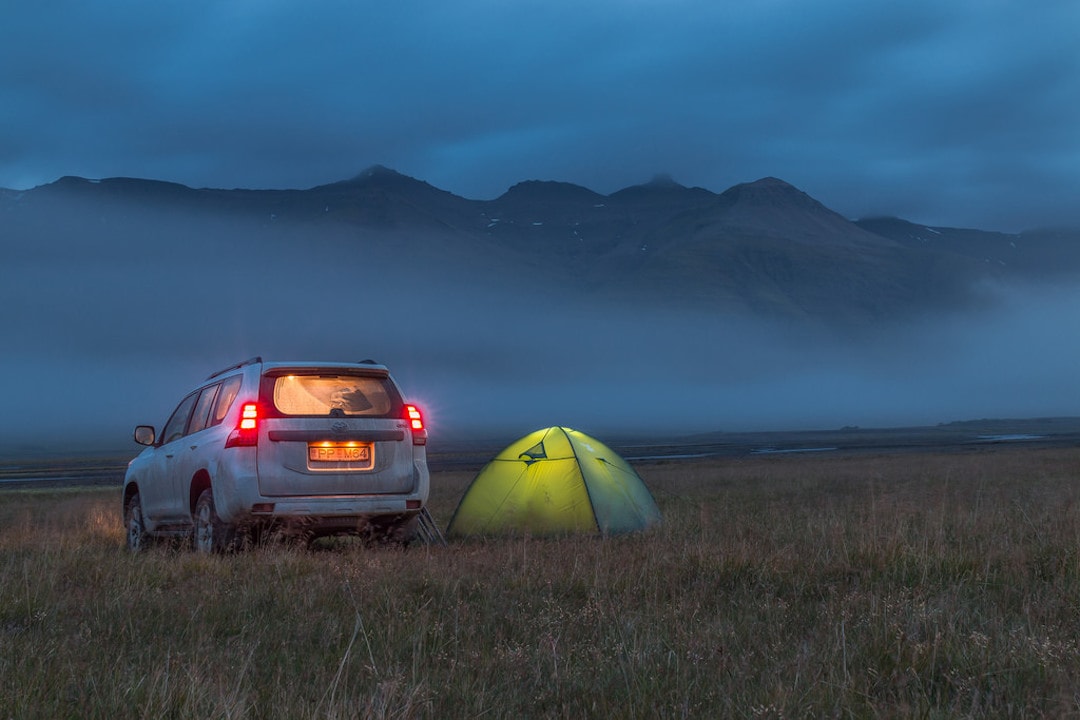
I don’t have to tell you how beautiful Iceland is. The landscape is raw and wild and so is the weather. While most people will call me crazy to say that I liked the weather in Iceland, it is true. During out trip, the weather changed about 15 times per day, from sunshine and blue skies to downpour, fog and even snow, we experienced everything. The changing weather made for some epic skies. Each day, we saw rainbows, towering storm clouds in deep shades of grey, and landscapes doused in golden light after the storms had passed.
While this is a photographer’s dream, the windy conditions can mean quite hazardous driving, especially if you are in an SUV or camper van. There are warning signs all over and I highly recommend you pay attention. Drive slow, hold on to the wheel with two hands and stay focused. – Maria & Greg, Europe Up Close
Best campsites
Don’t be overwhelmed by rules, they’re in place to make sure that every traveller gets an intimate encounter with Iceland’s natural sites. Most campsites in Iceland come with standard amenities like showers, cooking facilities, bathrooms, and electric outlets.
Reykjavik
Travel three kilometres outside of the city centre on an easy and scenic bike ride and you’ll reach the campsite. Next to the campsite are the Laugardalslaug thermal baths, where you can soak steps from where you lay your head.
Látrabjarg
This campsite is located at the westernmost point of Iceland. The iconic West Fjörds is a stunning point of interest for travellers looking for the dramatic view of the cliffs and observing puffins. The campsite itself has great barbeque facilities to refuel after hiking.
Egilstað
The campsite in the largest town in East Iceland is a great launch point for a day trip out to the highlands and to visit villages like Seyðisfjörður that exhibits charming character. Bonus: the campsite has washing machines.
Skaftafell
This wilderness area is within one of Iceland’s gorgeous parks, Vatnajökull National Park. From the campsite, set out on the trails and explore the park. Check out Jökulsárlón, a glacier lagoon, or track down the wreckage of an aeroplane on Sólheimasandur black sand beach.
The campsite is also near the parks visitor centre so there are amenities like a phone booth, internet access, and a café.
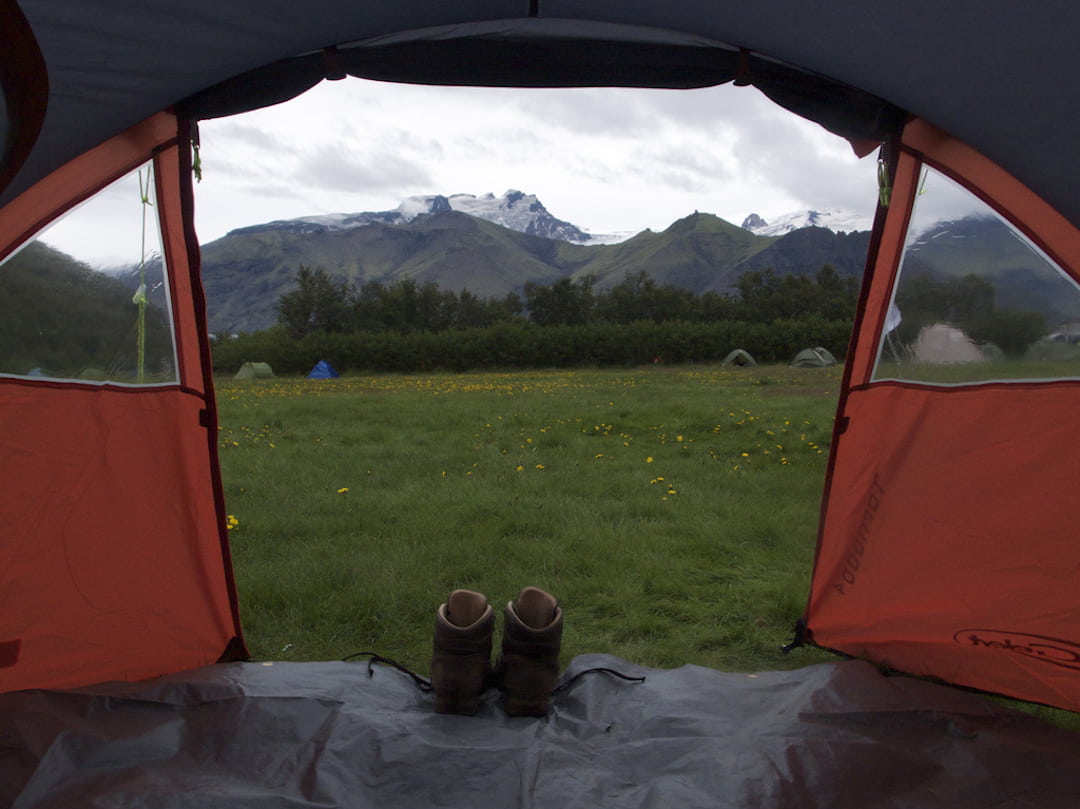
What stands out the most to us about our two-week campervan trip in Iceland is how it made us feel. There is this constant excitement and childish wonder that fills you while you are in Iceland because you just never know what unique adventure will be around the corner. Because of this, we’d suggest others camping in Iceland to have a flexible schedule. Sometimes you will want to linger next to a hidden waterfall, other times the weather won’t cooperate – just go with it. Don’t limit yourself with a strict plan and miss out on what makes Iceland so amazing. – Brooke & Buddy, Trailing Away
Hellisandur
You’ll want to visit this campsite near the Snæfellsjökul, a 700,000-year-old glacier-capped stratovolcano. Recharge with electric outlets so you can get snaps of all of the sites that surround the glacier like the singing caves known for creating echoes and Hellnar, an ancient fishing village.
What you need to pack for camping in Iceland
Whether you rent camping equipment once you arrive in Iceland or bring some of the necessities with you, these are some key items to add to your packing list:
- USB charger for your devices
- GPS
- Bring spare fuel for your car or camper
- Pack enough food and water in a cooler because restaurants or stores may be sparse in more removed areas
- Bring a gas cooker or fire starters to cook hot meals
- Thermal everything: sleeping bag, socks, sweaters, hat, scarf, gloves, mug
- Layers of clothing to prepare for daily changes in weather
- Toilet paper and disposal bags
- Waterproof and windproof: jacket, shoes, clothing, and tent
- Insect repellent
- Swimwear
- Quick-dry towel
Budget for camping in Iceland
Camping in Iceland can be one of the biggest budget-savers during your travels. Iceland is notoriously expensive, but if you camp you’re looking at paying under $20 a night for the campsite and its facilities. It’s definitely cheaper than other accommodations and can cost you nothing if you bring your own camping gear. Another option, of course, is to consider booking a multi-day group tour in advance to help you manage your travel budget, as a tour often covers the essentials such as local experiences, accommodation and food. Plus, it’s a hassle-free way to travel.
If you aren’t on a tour that provides transport, renting a car, pitching a tent, and splitting the cost with fellow travellers is the most cost-effective alternative. A standard car rental can cost anywhere between $50 to $90 a day.
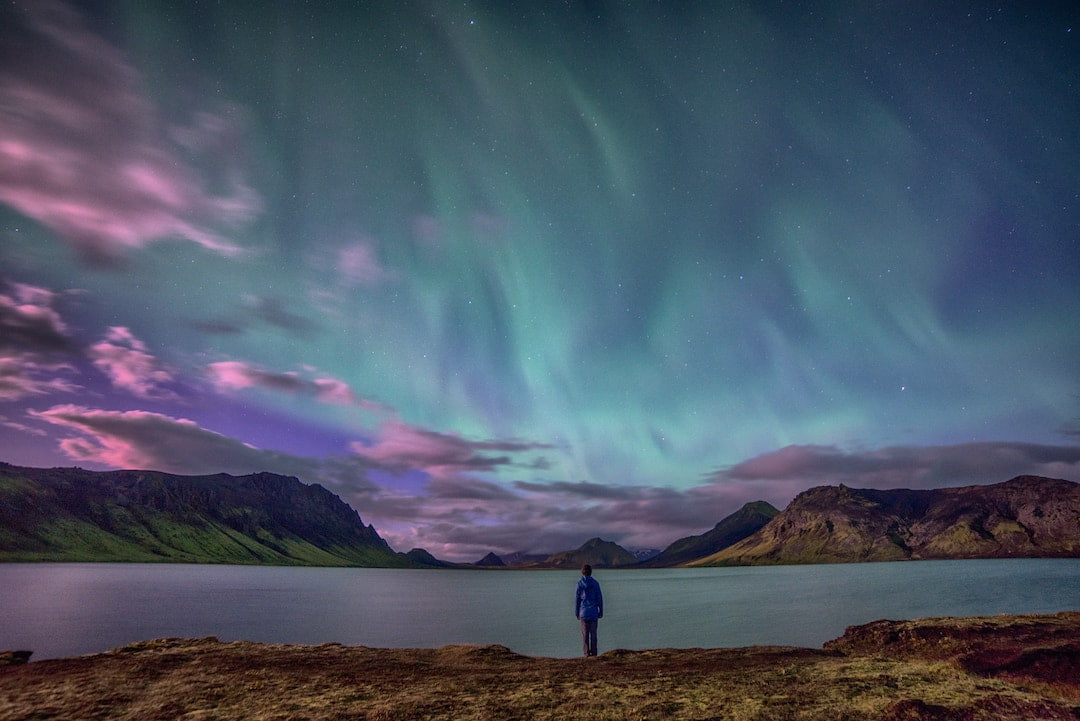
Safety tips when camping in Iceland
Though you could say Iceland is the ideal camping destination, it’s not to say that it comes without any precautions to keep in mind. First, having basic camping knowledge and the necessary equipment and provisions (food, fuel, water, clothing) are essential to a successful camping adventure.
The beauty of Iceland is how alone you can be with nature, but this can get you into a predicament when you’re lacking in something crucial. With that being said, never go off-roading as backtracking can result in a huge loss of fuel should you reach a dead end.
With that being said, do your best to plan your route and your stops wisely. Also when hiking, stay clear of cliffs edges, as the wind is especially powerful on the island.
What we enjoyed most about Iceland was the freedom to explore such an out of this world landscape! The land of fire and ice: bubbling hot pots, exploding geysers, insane waterfalls, beautiful animals and ginormous icebergs displayed on black sandy beaches like nature’s finest jewels! Being in a camper gave us the freedom to explore this incredible playground to our hearts’ desire.
Our best tip, because this became the favorite tradition of our trip: get an early start to the day and go to the gas stations each morning for a fresh cup of coffee, pastries and to inquire about (the free) maps of the region! Also, definitely try the Skyr yogurt! We still miss it’s creamy goodness nearly everyday. – Brittany and Drew, Mr and Mrs Adventure
I loved swimming in Iceland! I was surprised by how many beautiful natural hot springs there were, especially ones where you could have the entire place to yourself. Every little town had a public pool with heated pools and spas, saunas, steam rooms and showers: perfect way to refresh while traveling. Pay the $5 entry fee to take a shower and get a bit of relaxation out of the camper van. – Christine, C’est Christine
We know you’re going to love Iceland. Take a look at the most popular tours to Iceland.

